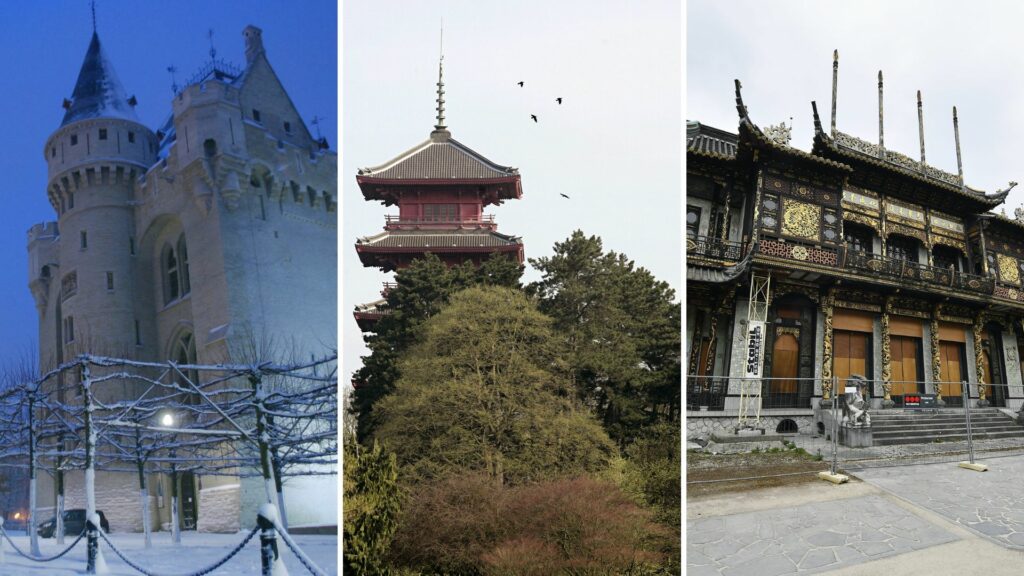The Royal Museums of Art and History (RMAH) want to permanently close the Porte de Hal, the Japanese Tower and the Chinese Pavilion in Brussels, according to a report by Flemish broadcaster VRT.
In a memo seen by VRT, the closures will be part of a cost-saving exercise, allowing RMAH to focus on the development of their other sites. It is unclear what will happen to the three historic and well-known buildings.
The Japanese Tower and the Chinese Pavilion have been closed for nine years. They have not been accessible to the public since 2013 due to infrastructure problems.
The Porte de Hal, located on the inner ring road between Place Louise and the Gare du Midi, was renovated three years ago. However, now the RMAH, the umbrella organisation that manages the museums, wants to get rid of these three iconic buildings.
"The RMAH officially manages five sites: the Museum of Art and History, the Musical Instruments Museum, the Porte de Hal, the Horta-Lambeaux Pavilion and the Laeken site,” the memo reads. “The government has indicated that it wants to find an operator for the Laeken site and that it will no longer consider reopening the Museums of the Far East.
The RMAH believes that a permanent closure of the Porte de Hal and a transfer of this building to the region or city would allow them to focus on the development of the two museums (Art & History and MIM) and the Horta-Lambeaux Pavilion.
The idea that the city of Brussels or the Region will take over the buildings was rejected by State Secretary of the Brussels-Capital Region for Urban Planning and Heritage, Pascal Smet. He believes that the planned renovation work on the Japanese Tower and the Chinese Pavilion by the Buildings Agency, the government agency that manages the buildings that the State owns or rents, should be completed.
The renovations should have been finished in 2021 after the buildings, which were built at the beginning of the twentieth century by order of King Leopold II to store Chinese and Japanese art treasures, were put under protection in 2019.
"I knew for some time that people had a hard time filling the Japanese Tower and the Chinese Pavilion,” he told VRT. “I find it particularly bad that both buildings are completely neglected and inaccessible."
Related News
- Top ten Brussels parks to unwind in
- Brussels' Chinese Pavilion and Japanese Tower to be protected as cultural heritage
"As far as I am concerned, the buildings will be renovated as soon as possible, so that the public can visit them again. This does not have to be a museum for me, it can be much broader than that. The pavilion could become a community space, or a Chinese tea house."
"In my opinion, the buildings should remain in the hands of the Federal Government,” he concluded. “The Brussels Region does not currently have the resources to take them over."

